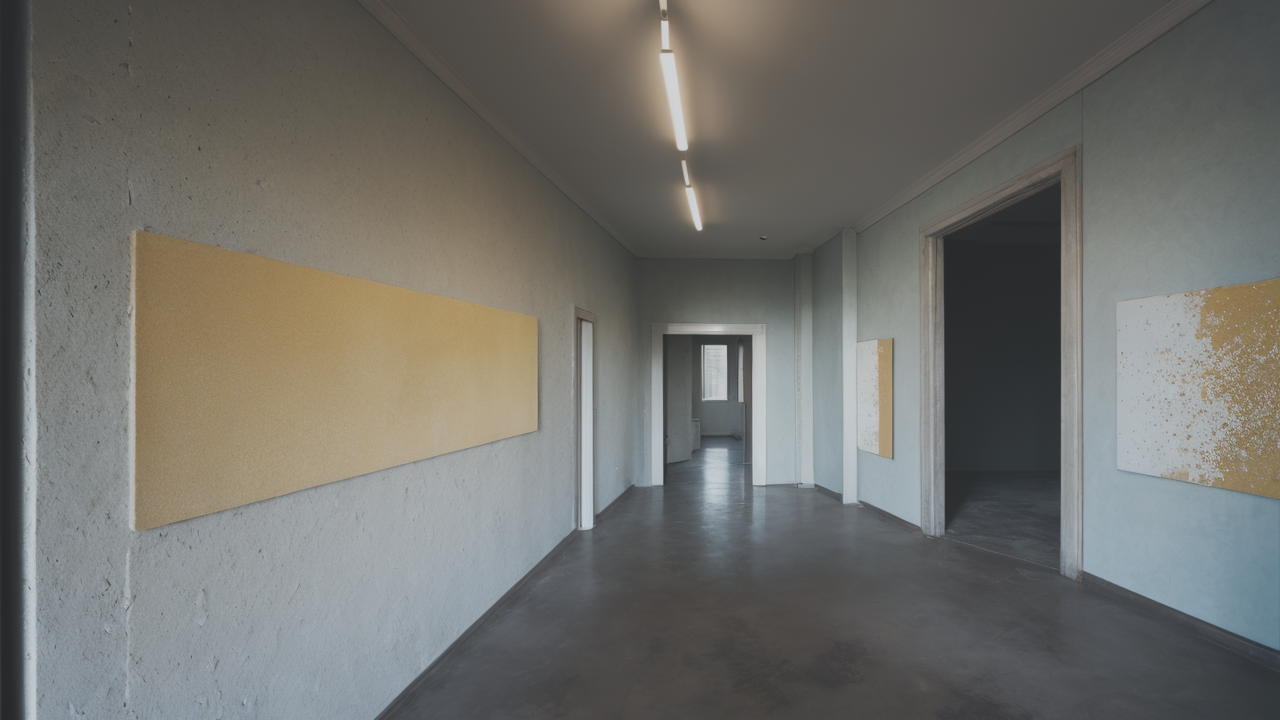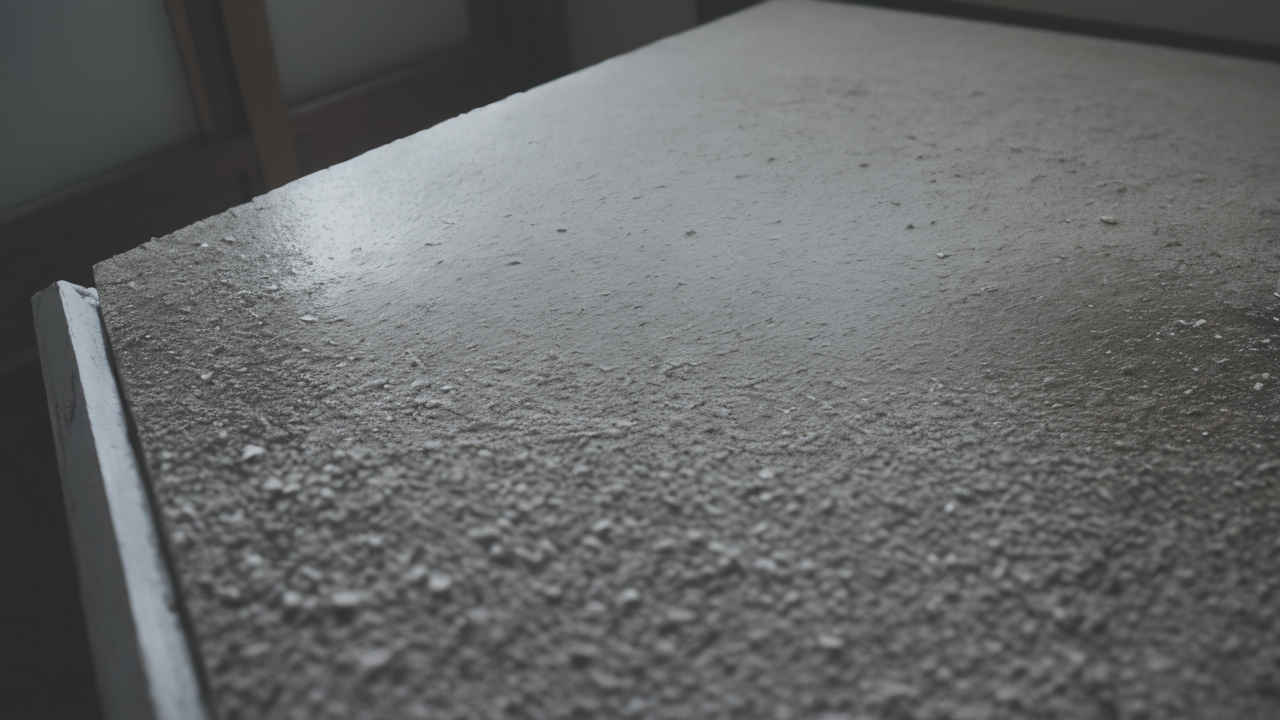
Expert Tips for Achieving Unique Textures with Plaster in Art
Introduction to Wabi-Sabi in the Context of Art
The Origins of Wabi-Sabi Aesthetics
Wabi-sabi is a Japanese concept that finds beauty in imperfection. It came from Zen Buddhism in the 15th century. The idea combines 'wabi' (simplicity) and 'sabi' (the beauty of age). In art, wabi-sabi values natural materials and rough textures. It embraces asymmetry and subtle colors. Artists who follow this style often use items that show wear and tear. They might use old wood or cracked pottery in their work. The goal is to show the passage of time in a beautiful way. This approach creates art that feels authentic and connected to nature. It reminds us that nothing lasts forever, but that can be beautiful too.

Wabi-Sabi as a Cultural Icon in the United States
In recent years, wabi-sabi has become popular in the United States. Many Americans like its focus on simplicity and mindfulness. It offers a break from the rush for perfection in Western culture. We can see wabi-sabi ideas in home decor, fashion, and even food presentation. In the art world, it has inspired many creators. These artists embrace flaws and find beauty in everyday objects. Wabi-sabi plaster art is now a sought-after style. It lets artists play with texture in new ways. Collectors love these pieces for their unique look and feel. The style fits well with the growing interest in mindful living and sustainable art.
Enhancing Your Art Collection with Wabi-Sabi Art
Exploring the Appeal of Wabi-Sabi Plaster Art
Wabi-sabi plaster art is known for its rich textures and earthy colors. Artists make these pieces by layering plaster on a surface. They then shape it to create different effects. The result is art that makes you want to touch it. Here's what makes it special:

- Rough surfaces that catch light in interesting ways
- Cracks that look like natural weathering
- Soft color changes that hint at age
- Shapes that aren't perfectly symmetrical
These features make each piece unique. The art feels both old and new at the same time. It can make a room feel calm and thoughtful. Many people find these works soothing to look at. They remind us to slow down and notice small details in life.
Integrating Wabi-Sabi Pieces into Home or Studio Decor
Adding wabi-sabi plaster art to your space can change its whole feel. These pieces work in many types of rooms. Here are some tips for showing them off:
- Pick a main wall to display the art's texture
- Use soft lights to show off the details
- Put it near natural items like wood or plants
- Keep other decorations simple
- Try hanging a few pieces together
Wabi-sabi art fits well in:
- Living rooms to create a peaceful mood
- Bedrooms for a calming effect
- Work spaces to inspire creativity
- Entryways to welcome people with style
Remember, it's okay if these pieces change over time. That's part of their charm. Let them age naturally to add to their wabi-sabi appeal.
Advanced Tips for Artists and Collectors
Sourcing Authentic Wabi-Sabi Plaster Art
Finding real wabi-sabi plaster art takes some work. Here's how to find good pieces:

- Look for artists who know about wabi-sabi
- Go to art shows that focus on Japanese-style art
- Visit artists in their studios
- Check websites that sell handmade art
- Talk to experts who know Asian art well
When looking at a piece, think about:
- What it's made of (natural is better)
- How it was made (handmade is key)
- How it feels (should seem old and imperfect)
Don't be shy about asking artists questions. This can help you understand the art better. True wabi-sabi art should feel real and carefully made.
Artistic Techniques and Value Appreciation of Wabi-Sabi Pieces
For artists who want to make wabi-sabi plaster art, there are special skills to learn. These include:
- Mixing different plasters for depth
- Using natural colors for soft tones
- Adding things like sand or straw to the plaster
- Making cracks on purpose
- Trying new tools to make textures
Artists might also try:
- Adding ash for a grainy look
- Polishing some areas for contrast
- Making the art look weathered
If you collect art, knowing these methods helps you spot good pieces. Look for art that shows skill in using materials. Think about who the artist is and where the art came from. Wabi-sabi art often gets more valuable over time. As it ages, it can become even more beautiful and important.
In the end, wabi-sabi plaster art is a special way to add texture to your space. It makes us think differently about what's beautiful. Whether you make art or collect it, wabi-sabi can change how you see your surroundings. Let these imperfect but beautiful pieces inspire you every day.


